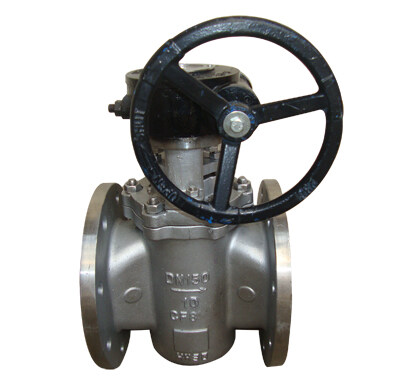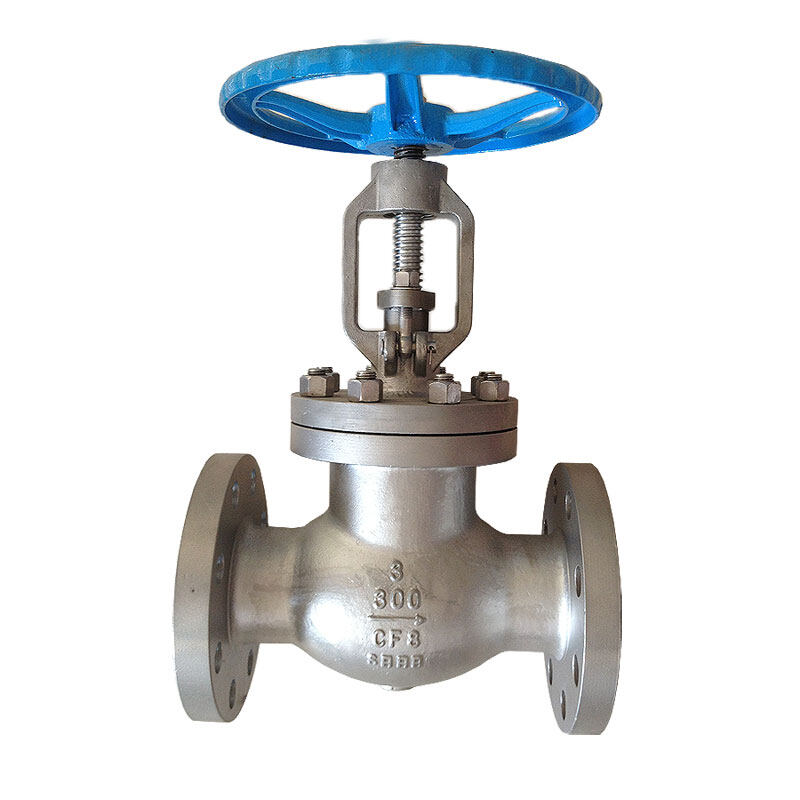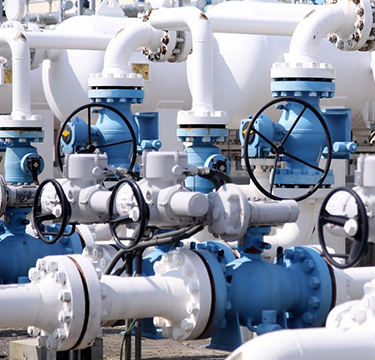E-posta biçimi hatası
emailCannotEmpty
emailDoesExist
pwdLetterLimtTip
inconsistentPwd
resetAccountPassword
forTheAccount
pwdLetterLimtTip
inconsistentPwd
resetSuccess
resetSuccessTips
login

Haberler
Burada, ifade etmek istediğiniz bir metin parçasını tanımlayabilirsiniz.

Stainless steel performance introduction and scope of application
2020-12-02 22:19:18
304 stainless steel performance introduction
304 stainless steel is a universal steel grade. As a widely used steel, it has good corrosion resistance, heat resistance, low temperature strength and mechanical properties; it has good hot workability such as stamping and bending, and no heat treatment hardening phenomenon (non-magnetic, Use temperature -196℃~800℃).
Scope of application of 304 stainless steel
Household products (category 1, 2 tableware, cabinets, indoor pipelines, water heaters, boilers, bathtubs)
Auto parts (windshield wipers, mufflers, molded products)
Medical equipment, building materials, chemistry, food industry, agriculture, ship parts

304L stainless steel (L is low carbon) performance introduction
As a low-carbon 304 steel, its corrosion resistance is similar to that of 304 under normal conditions, but after welding or stress relief, its resistance to intergranular corrosion; it can also maintain good resistance without heat treatment Corrosion resistance, use temperature -196℃~800℃.
Scope of application of 304L stainless steel
It is applied to outdoor machines in the chemical, coal, and petroleum industries that require high grain boundary corrosion resistance, heat-resistant parts for building materials, and parts with difficult heat treatment.
316 stainless steel performance introduction
Due to the addition of molybdenum, 316 stainless steel has excellent corrosion resistance, atmospheric corrosion resistance and high temperature strength, and can be used under harsh conditions; it has excellent work hardening (non-magnetic).
Scope of application of 316 stainless steel
Equipment used in seawater, chemical, dye, paper, oxalic acid, fertilizer and other production equipment; photography, food industry, coastal facilities, ropes, CD rods, bolts, nuts.
316L stainless steel (L is low carbon) performance introduction
As a low-carbon series of 316 steel, in addition to having the same characteristics as 316 steel, it has excellent grain boundary corrosion resistance.
Scope of application of 316L stainless steel
Products with special requirements for anti-grain boundary corrosion.
316 and 316L stainless steels are stainless steels containing molybdenum. The molybdenum content in 316L stainless steel is slightly higher than that in 316 stainless steel. Due to the molybdenum in the steel, the overall performance of this steel is better than 310 and 304 stainless steel. Under high temperature conditions, when the concentration of sulfuric acid is lower than 15% and higher than 85%, 316 stainless steel has a wide range of uses. 316 stainless steel also has good chloride corrosion properties, so it is usually used in marine environments. 316L stainless steel has a Z carbon content of 0.03, which can be used in applications where Z large corrosion resistance cannot be performed after welding.
Corrosion resistance of 316 and 316L stainless steel
The corrosion resistance of 316 stainless steel is better than that of 304 stainless steel, and it has good corrosion resistance in the pulp and paper production process. And 316 stainless steel is also resistant to the erosion of the ocean and corrosive industrial atmosphere.
Generally speaking, 304 stainless steel and 316 stainless steel have little difference in chemical corrosion resistance, but they are different in certain specific media.
The stainless steel originally developed by Z is 304. Under certain circumstances, this material is more sensitive to Pitting Corrosion. An additional 2-3% molybdenum can reduce this sensitivity, and thus 316 was born. In addition, these additional molybdenum can also reduce the corrosion of certain hot organic acids.
316 stainless steel has almost become a standard material in the food and beverage industry. Due to the worldwide shortage of molybdenum and the higher nickel content in 316 stainless steel, the price of 316 stainless steel is more expensive than 304 stainless steel.
Pitting corrosion is a phenomenon mainly caused by deposit corrosion on the surface of stainless steel. This is because the lack of oxygen prevents the formation of a chromium oxide protective layer.
Especially in small valves, the possibility of deposits on the valve plate is very small, so pitting corrosion rarely occurs.
In various types of water media (distilled water, drinking water, river water, boiler water, sea water, etc.), the corrosion resistance of 304 stainless steel is almost the same as that of 316 stainless steel, unless the content of chloride ions in the medium is very high. more suitable.
In most cases, the corrosion resistance of 304 stainless steel and 316 stainless steel is not much different, but in some cases it may also be very different, which requires specific analysis. Generally speaking, valve users should have a good idea, because they will choose the material of the container and pipe according to the condition of the medium. It is not recommended to recommend materials to users.
316L and 316 stainless steel heat resistance
In intermittent use below 1600 degrees and continuous use below 1700 degrees, 316 stainless steel has good oxidation resistance. In the range of 800-1575 degrees, Z should not continuously act on 316 stainless steel, but when 316 stainless steel is continuously used outside this temperature range, the stainless steel has good heat resistance. 316L stainless steel has better resistance to carbide precipitation than 316 stainless steel, and the above temperature range can be used.
Stainless steel heat treatment
Annealing in the temperature range of 1850-2050 degrees, then rapid annealing, and then rapid cooling. 316 stainless steel cannot be hardened by heat treatment.
Stainless steel welding
316 stainless steel has good welding performance. All standard welding methods can be used for welding. During welding, 316Cb, 316L or 309Cb stainless steel filler rods or welding rods can be used according to the application. In order to obtain the best corrosion resistance, the welded section of 316 stainless steel needs to be annealed after welding. If 316L stainless steel is used, welding annealing treatment is not required.
Bize Ulaşın

